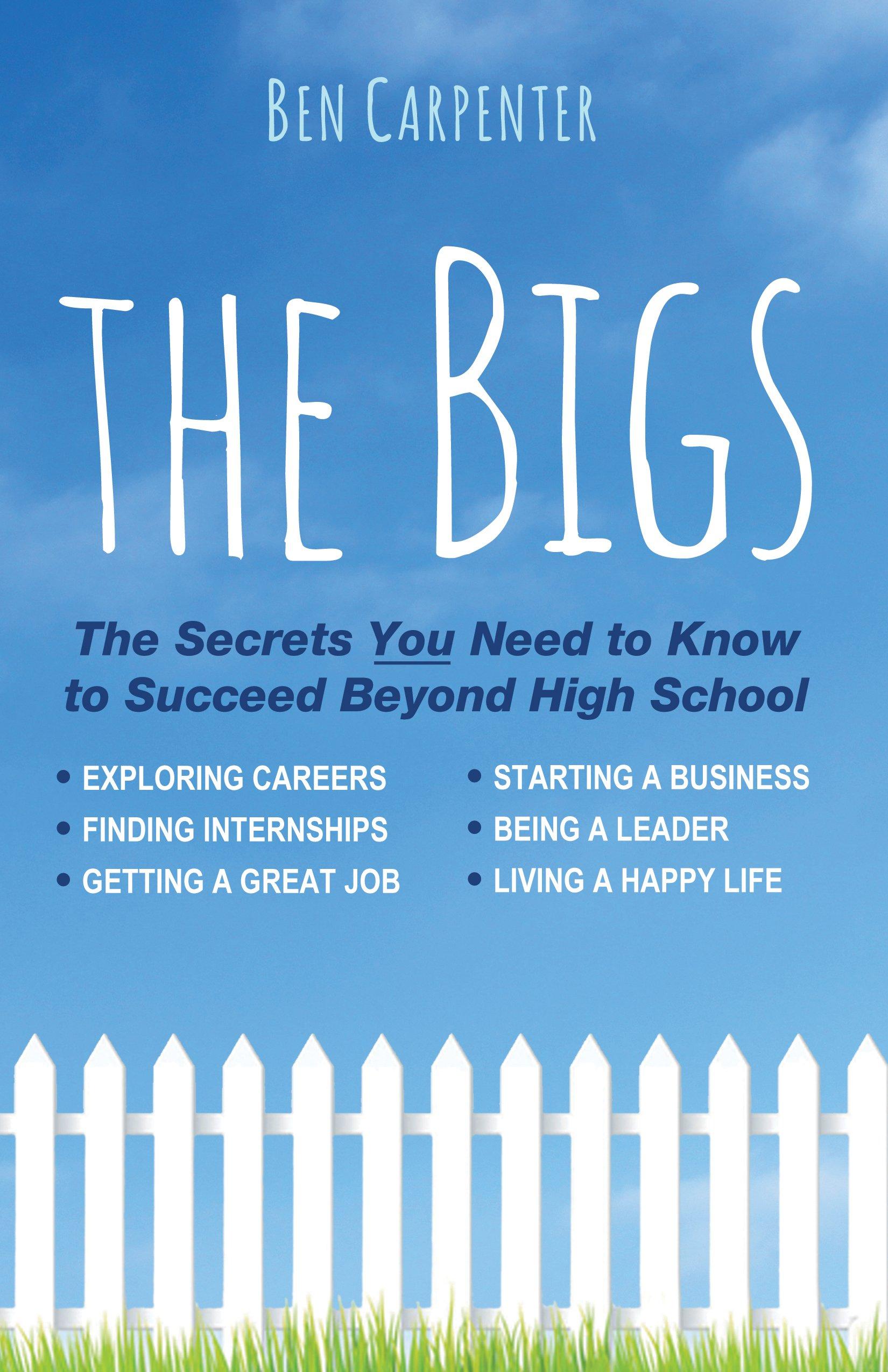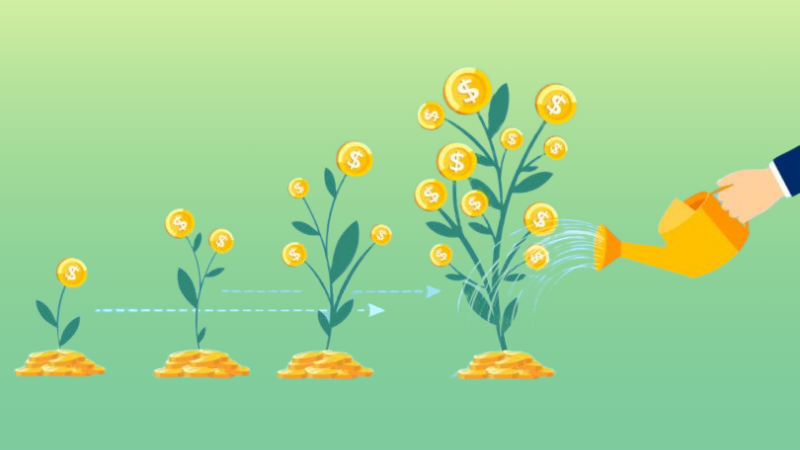The Bigs Project: Inspiring Students To Take Charge and Become Excited About Their Careers

The Bigs Project: Inspiring Students To Take Charge and Become Excited About Their Careers
There has been growing concern among managers and industry leaders that students are leaving their high schools unprepared for the working world. Ryan Smith, chief executive officer (CEO) of the research and experience management company Qualtrics, suggests that schools “teach students how to think, but they don’t provide real world experience, so people leave school unprepared for the workplace.”1 Although a high school education can be important for career success and other job outcomes, in general, little assistance is given in high schools to prepare students for the real world by fostering professional success and career development. One 2016 study of nearly 3.2 million high school transcripts by The Education Trust found that only 21 percent completed some form of career preparatory program—even more alarming, nearly half (47 percent) of the students were involved in neither college nor career preparation programs at all.2
Although many colleges and universities provide very strong career exploration and developmental resources to their students, senior high schoolstudents and those transitioning to college often appear to not know where to begin when it comes to their professional development. Many are in need of a spark that ignites them to become excited and proactive about crafting their professional careers. Enter The Bigs Project, a career development program founded by Ben Carpenter, a retired CEO of a major investment firm.3 The Bigs (short for “the Big Leagues”) was started after Ben found himself panicked when he was approached by his newly-graduated daughter for career advice. Ben began furiously typing 22 bullet points that he believed she needed to know before she could succeed in the work world. He later organized these thoughts and advice for his daughter into a book and devoted himself to creating a career development program that any student could use to become excited, motivated and educated about his or her career potential and success.
Years later, Ben forged a partnership with Dr. Tim Judge, the Joseph A. Alutto Chair in Leadership Effectiveness and executive director of the Fisher Leadership Initiative, along with Dr. Dave Glerum, research scientist at the Fisher Leadership Initiative. The newly-forged research team sought to determine whether this program was effective across 26 U.S. high schools with more than 2,000 students that participated in The Bigs Project. The research was founded on the proposition that project is effective because it encourages students to explore potential careers and develop the relevant professional skills they need, both of which are necessary to begin building their careers.4 5 After all, adolescence is a critical period for career development that involves equal parts career exploration and professional skill-building. In addition, The Bigs Project should improve students’ career attitudes and confidence, as well as reduce the uncertainty surrounding what life is like in “the real world.”
The Bigs Project: Research Approach and Findings
The approach Drs. Judge and Glerum took was based on a widely-used training framework6 that followed four steps to determine:
- Whether students reacted positively or negatively to the The Bigs Project (e.g., did they find it useful?) and if their attitudes about their career improved after participating;
- Whether students learned (and felt they learned) career exploration and development skills;
- Whether students utilized what they learned from The Bigs Project and put their new knowledge and skills into action; and
- Whether students enjoyed better professional outcomes as a result.
To answer these questions, juniors and seniors at each high school completed a pre-session survey on their career attitudes, participated in The Bigs programing (consisting of a video and a question-and-answer session), and finally completed a post-session survey on their attitudes and reactions. Then, at the end of the academic year, they received a follow-up survey on their use of the material as well as their professional outcomes.
After determining their surveys were valid and reliable, the research team found that students reacted positively to The Bigs Project, and committed to career-building behaviors in the future as a result. Interestingly, student career attitudes like optimism and confidence did not change as a result of the program -- and in some cases decreased. This might be because, although thinking about your career can be very exciting, it can also be intimidating and overwhelming. At this point, however, students had not been given a chance to put into practice what they learned. Indeed, students who used what they learned by the end of the academic year were much more confident, optimistic and satisfied with their current career exploration than those who did not.
The researchers also found that students learned (and felt they learned) about career exploration and career skills from The Bigs after participating. The students who learned from it were also more likely to commit to putting this new knowledge into practice. In fact, student usage of The Bigs was strongly related to exploring their careers, starting job and career searches, and networking at the end of the academic year. These students who drew upon what they learned at the end of the academic year were also more likely to use the material again in the future after they graduated.
The research demonstrated that students’ enjoyed a number of professional outcomes as a result of participating in The Bigs Project. Students began to become proactive at school by acquiring more leadership positions in both internal and external student organizations. Students who were searching for a job (both post-graduation and for part-time work) and who drew upon what they learned from The Bigs tended to make more professional contacts, set up more informational and job interviews, and, in some cases, obtain more job offers.
In general, the research established that students react positively to the program, learn from it, put what they learn into action and enjoy heightened career-building success as a result. After determining that The Bigs Project was effective for these students, the research team also wanted to examine whether or not it was more-or-less effective in certain high schools.
First, they found that for schools with larger minority populations, students who felt more optimistic and confident, who felt they learned more from the session and who felt the material was useful were more likely to commit to putting what they learned into practice. These students were also more likely to obtain job interviews as a result of drawing on what they learned from the program at the end of the academic year. However, as a limitation due to the geographic area, students with lower English proficiency scores and who lived in rural areas tended to have a more difficult time obtaining job interviews, even after using what they learned. Second, in schools with lower graduation rates and a higher number of economically-disadvantaged students, those who drew upon what they learned from The Bigs tended to make more professional contacts at the end of the year than those who did not. These findings suggested that program may be especially effective for minority and economically-disadvantaged students.

On The Horizon: The Role of The Bigs in Higher Education
The Bigs Project research team has since been engaged in determining the complementary role that the program might play in higher-level education. To date, a number of students at The Ohio State University have participated in face-to-face and online versions of The Bigs and initial evidence is promising, mirroring what was found in high school populations. The program is believed to play a critical role for newer students, especially those who have not given much thought to their careers and what work may be best suited for them. Based on our initial results, students’ participation in The Bigs Project may even make a university’s career development programming more effective. In other words, students who participate may become more excited and proactive about seeking out the types of career-building resources and opportunities that are available to them and, as a result, improve the usage rates of university and college career preparation resources.
Ongoing research by The Bigs Project research team has focused on this complementary approach to career development, along with a number of future research topics. First, determining how effective The Bigs is for students with different personality traits and vocational interests is needed. For example, do students with certain personality traits tend to be more engaged with The Bigs content than others? By answering this question, we can determine if any additional support needs to be provided to the students who are less engaged. Second, given the early stages of this project, more long-term follow-up data is needed on students who participate. More research is needed to determine whether students continue to draw on what they learn from The Bigs and whether this leads to improved career outcomes.
 Overall, research on the project across both high school and university-level students has been promising. Students react positively to The Bigs, learn career exploration and career skills, put into practice what they learn and experience positive professional results attributable to their participation. This seems to be especially true for minorities and the economically disadvantaged; they tend to become more proactive as a result of their improved attitudes and career development knowledge.
Overall, research on the project across both high school and university-level students has been promising. Students react positively to The Bigs, learn career exploration and career skills, put into practice what they learn and experience positive professional results attributable to their participation. This seems to be especially true for minorities and the economically disadvantaged; they tend to become more proactive as a result of their improved attitudes and career development knowledge.
The Bigs Project, as a result, shows promise as a career development program, inspiring students to take charge and become excited about their careers.
References
1Smith, R. (2015, June 16). College Doesn’t Prepare Students for Full-Time Jobs--Internships Do. Fortune. Retrieved from http://fortune.com/2015/06/16/ryan-smith-internship-advice/
2Bromberg, M., & Theokas, C. (2016). Meandering Toward Graduation: Transcript Outcomes of High School Graduates. Washington, D. C.: The Education Trust. Retrieved from https://edtrust.org/resource/meandering-toward-graduation/
3The Bigs Project. (2018). The Bigs Project: Exciting Career Exploration Program for High Schools and Colleges [Website]. https://thebigsproject.org/
4Lent, R. W., & Brown, S. D. (2013). Social cognitive model of career self-management: Toward a unifying view of adaptive career behavior across the life span. Journal of Counseling Psychology, 60(4), 557–568. https://doi.org/10.1037/a0033446
5Zikic, J., & Saks, A. M. (2009). Job search and social cognitive theory: The role of career-relevant activities. Journal of Vocational Behavior, 74(1), 117–127. https://doi.org/10.1016/j.jvb.2008.11.001
6Kirkpatrick, D. L. (1979). Techniques for evaluating training programs. Training and Development Journal, 78–92.


